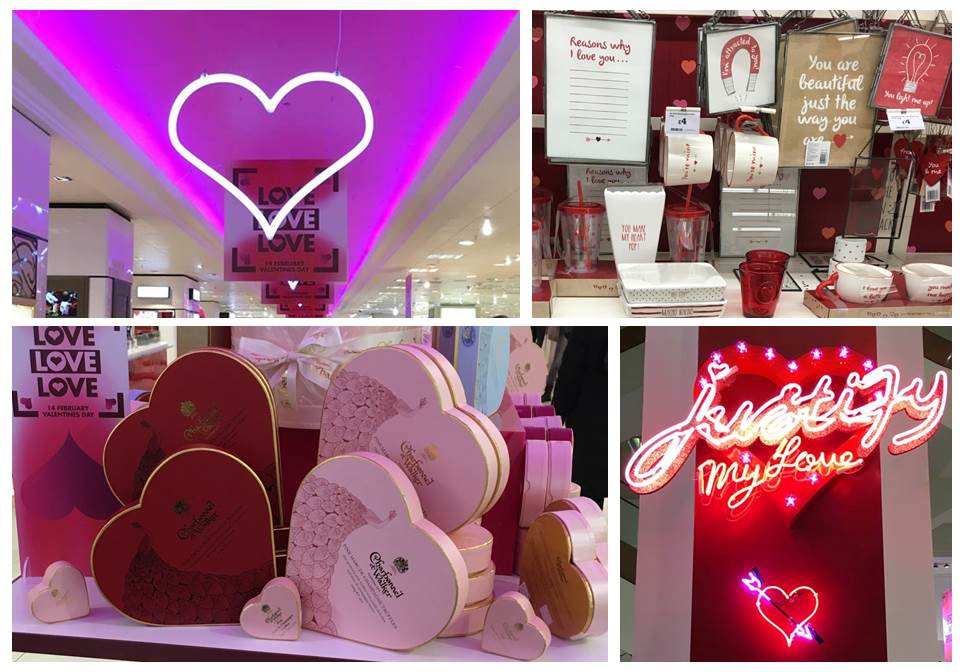It is that time of year again. As February 14 approaches, people across the globe are dearly hoping that their carefully crafted Valentine’s messages will win the attention of those they are pursuing.
We are talking, of course, about research firms and PR agencies pining for the media to pay attention to their Valentine’s Day spending estimates.
Just How Big Is Valentine’s Day Spending?
Very big, is the short answer. Americans will spend $19.7 billion on loved ones this Valentine’s Day according to the National Retail Federation (NRF), based on its Valentine’s Day Consumer Spending Survey, conducted by Prosper Insight and Analytics.
Some 55% of US consumers polled said they will celebrate Valentine’s Day, spending an average of $146.84 on products and services, up 3% from last year. Candy is the top Valentine’s category by number of shoppers, and is expected to account for $1.7 billion in sales, according to the NRF. In addition, an estimated $1.1 billion will be spent on greetings cards this year, along with $1.9 billion on flowers and $4.4 billion on jewelry.
At Fung Business Intelligence Centre – Global Retail & Technology, we are estimating that the NRF’s total spending figure of $19.7 billion will be equivalent to 7% of all US retail and food-service sales (ex fuel) in the month of February. (Given that the NRF’s figures include spending on other services such as event tickets, this is likely to be slightly overstating the figure’s real share of spending).
In the UK, retail-only spending on Valentine’s Day is estimated to reach £980 million (US$1.4 billion) this year, according to research agency Verdict Retail. That equates to 4.1% of estimated total February UK retail sales (ex fuel)—still a very significant share of a total month’s retail spending.
Seasonal Events Drive Footfall and Spending
The absolute retail value of seasonal events like Valentine’s Day is less important than the market’s momentum and the ways retailers can use these events to drive footfall.
With regard to market momentum, the NRF is predicting robust growth for US Valentine’s Day spending this year (based on its consumer survey, which was conducted in the first half of January). But we are more cautious. Last year, Valentine’s Day fell on a Saturday, giving consumers more shopping hours and more opportunities to stay out later – dining and drinking. We think this will provide very demanding comparatives—so, growth in spending may well prove muted this Valentine’s Day (and more still next year, when February 14 will fall on a Tuesday).
We’ve have been visiting stores in New York City and London to see how retailers prepare for Valentine’s Day, from bright and attractive store decor, to Valentine’s gifts – “I love you a latte” mugs, lingerie sets, red hair tools, romantic DVD’s and, of course, chocolate! Click for our store tour album.

Sainsbury’s Valentine’s Day products, London (Feb. 2016)
Valentine’s Day and seasonal events can serve as opportunities for retailers to drive shopper interest and increase footfall through the novelty and occasion.
With e-commerce peeling away more functional shopping, retailers can use holidays such as Valentine’s Day (and Halloween and Easter) to pique consumers’ interest, encouraging footfall and impulse purchases. Valentine’s Day also specifically helps to fill the retail lull between New Year’s and Easter.
Despite these opportunities, stores continue to lose share of Valentine’s Day spending. The NRF’s survey found that 27.9% of US consumers plan to buy online this year versus 25.1% in 2015; that total is up fully 11 percentage points in just six years.
As retail continues to change and shopping transitions online, we will see more store-based retailers moving beyond traditional price promotions to focus on differentiating their shopping experience with curation of ranges and product exclusivity. In a world where shoppers can find a nearly endless range of products online, for cheap, seasonal experiences, done well, can give them a reason to return to stores.
Follow us on Facebook
Tweet with us: @Debweinswig and @RetailTechStrat
Follow me on LinkedIn Pulse
FBIC on LinkedIn

